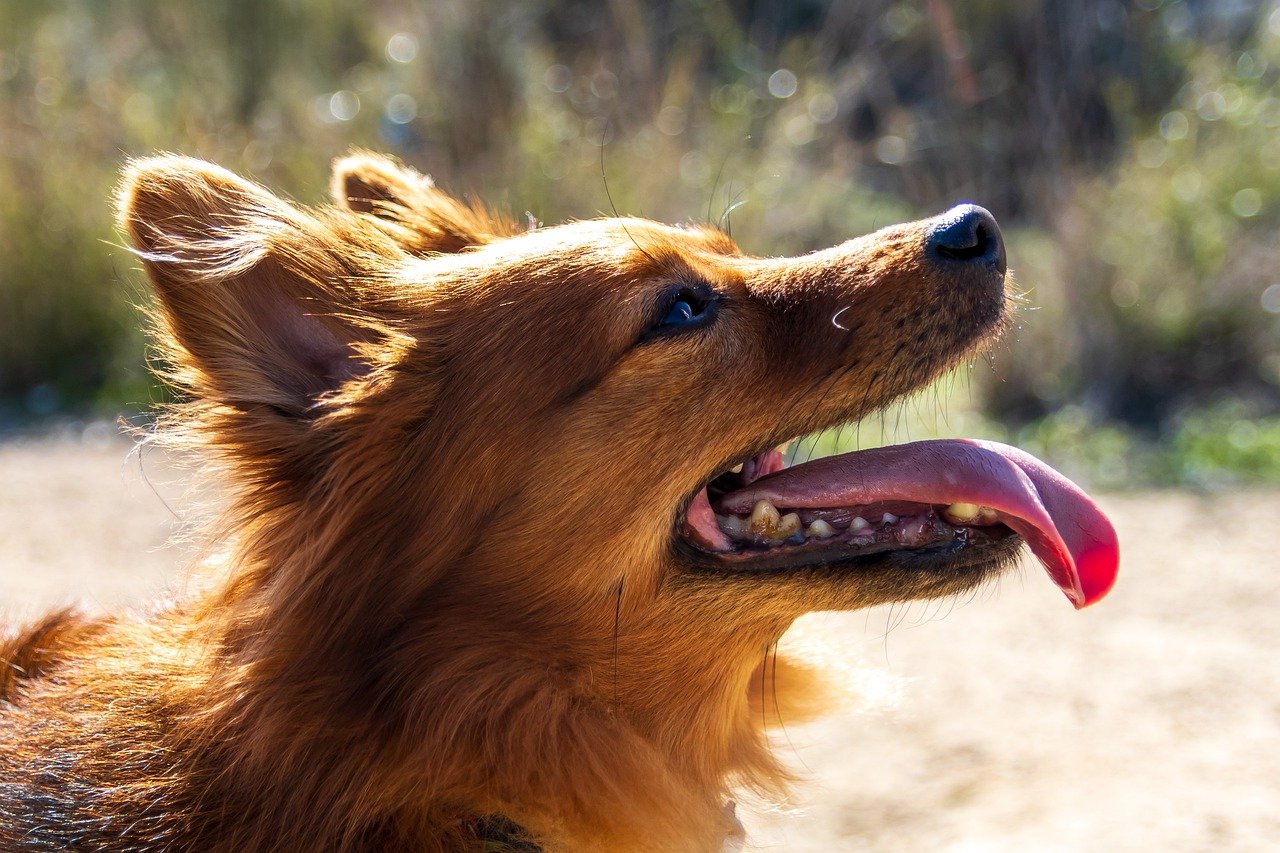“송곳니”는 인간의 치아 중 하나로, 주로 음식물을 찢거나 분리하는 데 사용됩니다. 송곳니는 앞니와 어금니 사이에 위치하며, 날카로운 모양이 특징입니다.
“송곳니”를 영어로 표현할 수 있는 방법
- Canine Teeth: 송곳니 (가장 일반적인 표현)
- Canines: 송곳니
- Cuspid Teeth: 송곳니 (좀 더 전문적인 표현)
1. Canine Teeth
“Canine Teeth”는 송곳니를 설명하는 가장 일반적인 영어 표현입니다. 송곳니는 날카로운 모양을 가지고 있어 주로 찢는 기능을 합니다.
- “Canine teeth are pointed and are located next to the incisors.” (송곳니는 뾰족한 모양을 가지고 있으며, 앞니 옆에 위치해 있다.)
- “He had an issue with his canine teeth that required orthodontic treatment.” (그는 송곳니에 문제가 있어 교정 치료를 받아야 했다.)
2. Canines
“Canines”는 송곳니를 간단하게 설명하는 표현으로, 구체적인 숫자 없이 일반적으로 사용됩니다.
- “The canines are important for tearing food and are often the first teeth to erupt in children.” (송곳니는 음식을 찢는 데 중요하며, 종종 어린이에게 첫 번째로 나오는 치아이다.)
- “She had her canines sharpened for a cosmetic procedure.” (그녀는 미용 절차를 위해 송곳니를 날카롭게 했다.)
3. Cuspid Teeth
“Cuspid Teeth”는 송곳니를 설명하는 좀 더 전문적인 표현입니다. 이 표현은 치과 용어에서 사용됩니다.
- “Cuspid teeth are also known as canine teeth and are crucial for a proper bite.” (송곳니는 어금니라고도 하며, 적절한 물림을 위해 중요하다.)
- “During the dental exam, the dentist checked the cuspid teeth for any signs of decay.” (치과 검사 중에 치과 의사는 송곳니에 충치 징후가 있는지 확인했다.)
“송곳니”를 영어로 표현할 때는 “Canine Teeth,” “Canines,” 또는 “Cuspid Teeth”와 같은 표현을 상황에 맞게 사용할 수 있습니다. 이 표현들은 모두 송곳니의 기능과 위치를 설명하며, 사용자의 필요와 문맥에 따라 적절히 선택할 수 있습니다.













Leave a Reply